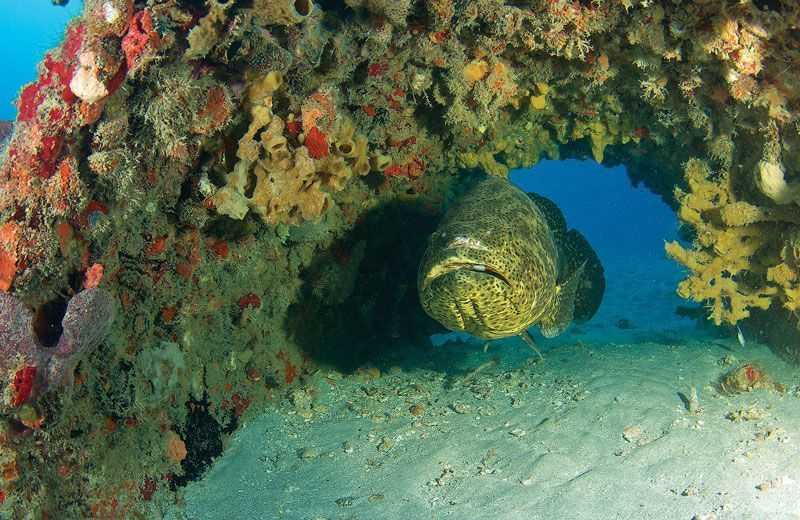One of the best additions to Florida waters, in my opinion, is the great number of artificial reefs that have been placed just offshore. Divers like them because they offer an array of colorful fish that take refuge in the hiding places of the reefs. Environmentalists like them because they keep drivers away from our fragile coral. Fishermen like them because of the wide diversity of fish one can find in the manmade contraptions like culverts and shipwrecks, which offer much fishing success to those who know where the reefs are.
The Florida Legislature began the state’s artificial reef program in 1982. The Florida Fish and Wildlife Conservation Commission (FWC), Division of Marine Fisheries Management, has administered the reef program and has helped local towns and cities develop the reefs, which have attracted thousands of divers and fishermen, all of whom usually enrich the local coffers and spread the good word about the benefits of the reefs and of Florida fishing.
Most of the state’s 35 coastal counties have been involved in the development of artificial reefs. Our 1,000-plus miles of coastal shoreline along the Atlantic Ocean and Gulf of Mexico offer many, many ideal places for the reefs. Our state, in fact, has long led the 14 Gulf and Atlantic coastal states in developing such reefs.
Because this state has had more than 2,000 documented shipwrecks along our coast over our long history, Floridians know how much damage a grounded ship can do to our reefs and sea bottom. For the past 70-plus years, dating back to the early 1940s, concerned Floridians have placed almost 3,000 public, artificial reefs in our federal and state waters. Most of the active artificial reef permits off our coasts are held by local governments, who work with local fishing clubs, nonprofit corporations and interested private individuals to maintain and monitor the reefs.
For more information on the state’s program for such reefs, their locations, guidelines for materials used in the building of such structures, photos and permits for the construction of such reefs, see the website of the Florida Fish and Wildlife Conservation Commission: http://www.myfwc.com/conservation/saltwater/artificial-reefs/
The many large fish that inhabit the reefs, the clarity of our Florida waters and the cooperation of local fishing clubs make our artificial reefs valuable and accessible for fishermen. One source that I like for locating fishing reefs is http://www.floridagofishing.com/index.html, but others are available on the Internet.
The Goliath Grouper pictured here taking refuge in a cement culvert on an artificial reef in southeast Florida would probably vote for having more such reefs.
Kevin McCarthy, the award-winning author of “South Florida Waterways” (2013 – available at amazon.com for $7), can be reached at ceyhankevin@gmail.com.
